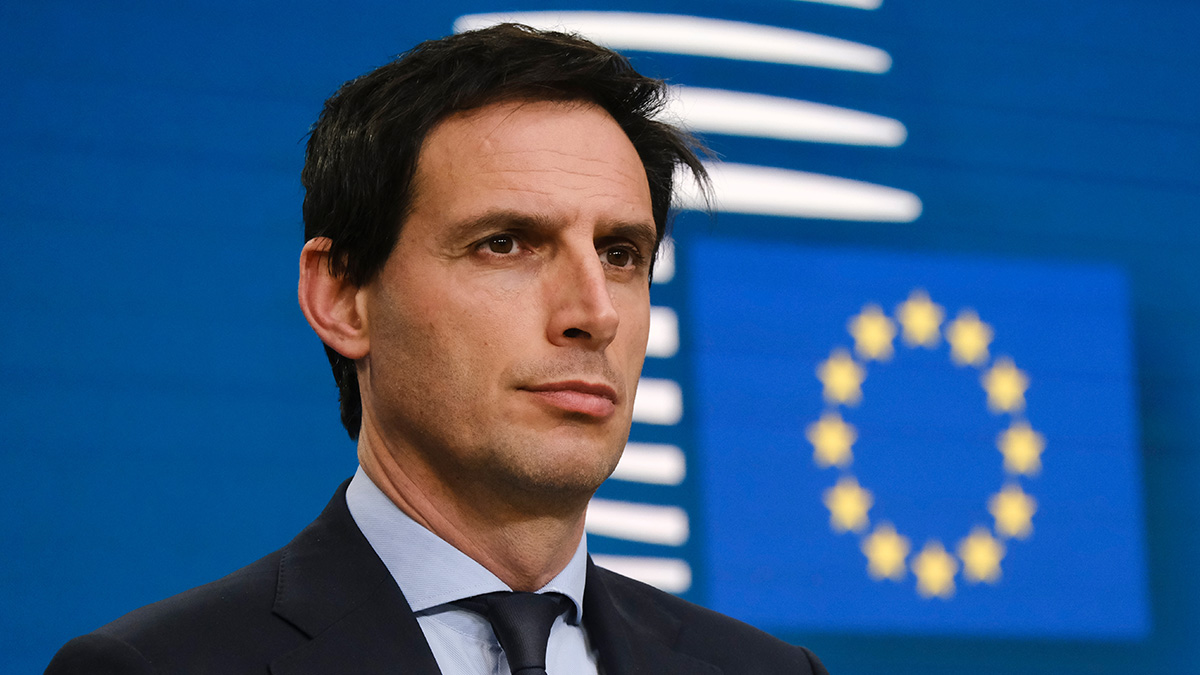2 July 2025
2040 climate target needs to come with clear volumes for annual build-out of renewables over 2031-40

The European Commission wants the EU to reduce its greenhouse gas emissions by 90% by 2040. This is an important market signal and needs to be enshrined in legislation as soon as possible. But targets alone won’t deliver climate action, energy security and competitiveness. EU Member States must translate this climate target into clear annual targets for the deployment of wind and other renewables for the period 2031-40. It’s that level of visibility that will drive the investments that will deliver the 2040 target. Otherwise the 2040 target will remain academic.
Today the European Commission presented its 2040 climate target, reaffirming the EU’s determination to reach climate neutrality by 2050. The Commission wants to reduce greenhouse gas emissions within the EU by 90% by 2040, relative to 1990 levels.
This proposal offers a credible trajectory from the existing 2030 climate target – which requires the EU to reduce greenhouse gas emissions by at least 55% relative to 1990 – towards the 2050 vision of a climate neutral EU.
The new 2040 target provides investment visibility on the way to climate neutrality. It will help avoid stranded investments in the fossil fuel economy. The EU must not waste any time agreeing on the proposal. Once agreed, it would become a legally binding objective set out in the European Climate Law.
What needs to happen now?
Deploying renewables at scale is now a matter of energy security and industrial competitiveness. In line with the Clean Industrial Deal, the proposed 2040 target sends a clear investment signal: Europe is going renewable. Europe is electrifying.
This means the EU will have to keep ramping up the deployment of competitive and home-grown wind energy.
But last year the EU only built 13 GW of new wind; when it would need to build more than 30 GW annually to reach the 2030 target. The EU needs to focus on closing this gap. Otherwise, the proposed 2040 target will quickly become unattainable.
New targets alone won’t get you more wind farms. National Governments must deliver actual wind energy volumes. Four things need to happen as a matter of priority:
Permitting: National Governments must ruthlessly implement the excellent Renewable Energy Directive (REDIII), including the measures on overriding public interest and shortened permitting timelines. Germany has done so and is now reaping the benefits. They permitted more than 14 GW of new onshore wind in 2024 alone – 7 times as much as 5 years ago. There’s no excuse for any further delays.
Grids: Optimising and expanding Europe’s electricity grid is a no-brainer. Not only do more interconnectors help with supply security. Grid investments also reduce curtailment and lower electricity costs in the long run. Grid infrastructure is the number one enabler to reach the new 2040 target.
Electrification: National Governments must remove all barriers to electrification. Direct electrification is the cheapest and most efficient way to decarbonise. It’s central to our competitiveness and energy security. But Europe is falling behind: electrification rates are stagnating in Europe, while competitors like China and the US are surging ahead. Governments must act – by producing more decarbonised electricity and incentivising electricity demand through smart taxation and targeted state aid.
Auction design: Governments should de-risk wind energy investments with a stable pipeline of two-sided Contract for Difference (CfD) auctions. CfDs improve the costs of capital and the visibility on future revenues. They are good value for Governments. The wind industry has proposed a New Offshore Wind Deal for Europe: if Governments commit to auctioning 100 GW of CfDs between 2031-2040 to create bankable offshore wind projects, the industry pledges to reduce the levelised cost of offshore wind (LCOE) by 30% towards 2040. But CfDs are not exclusively for offshore wind. Onshore wind can also benefit from the high predictability CfDs offer.

